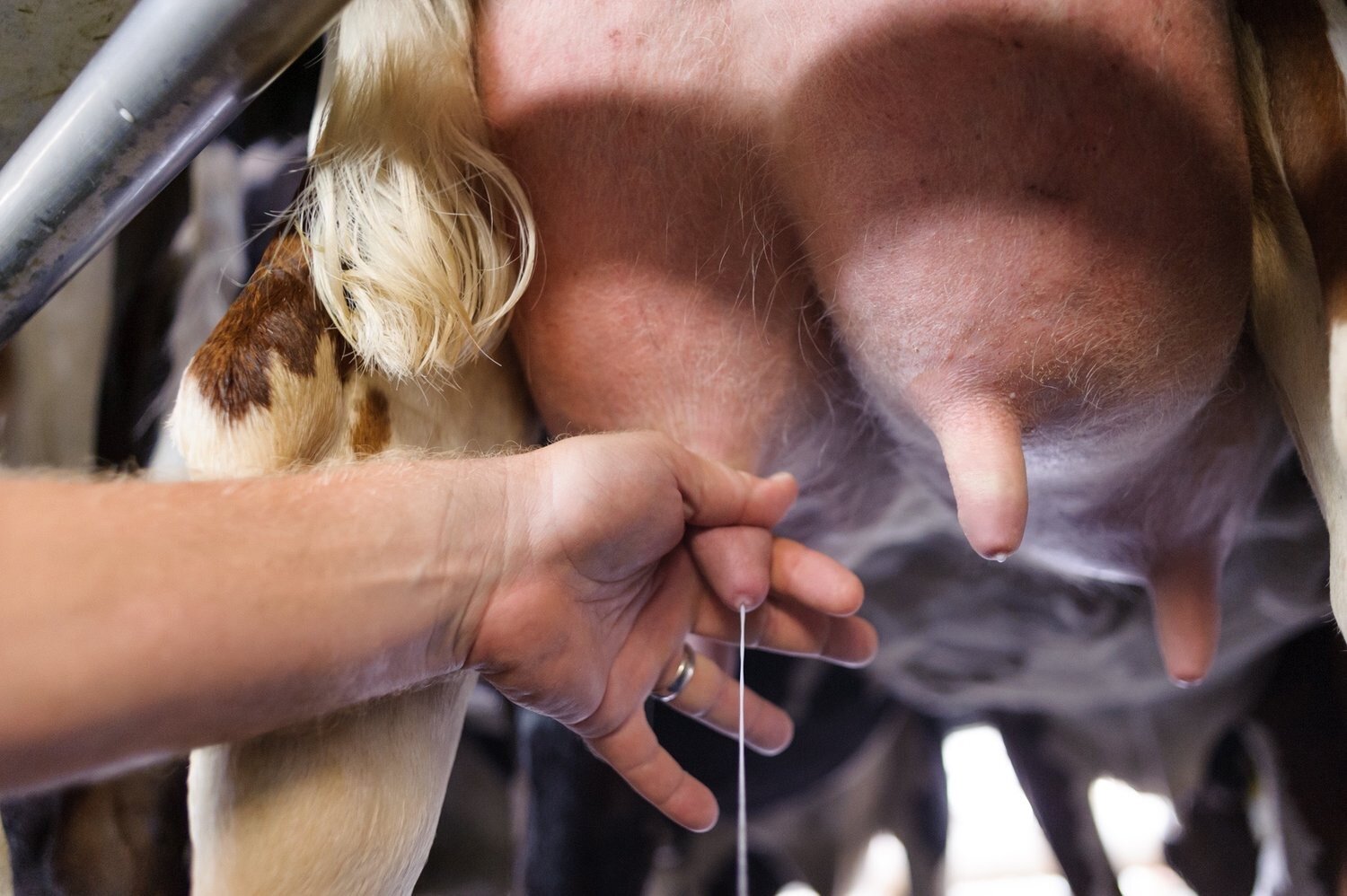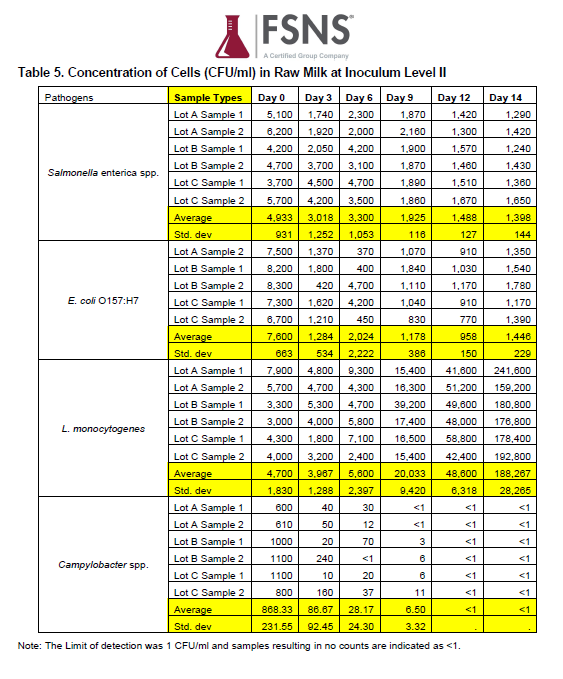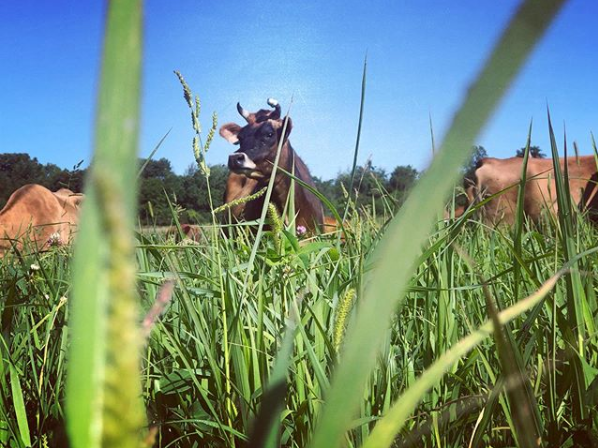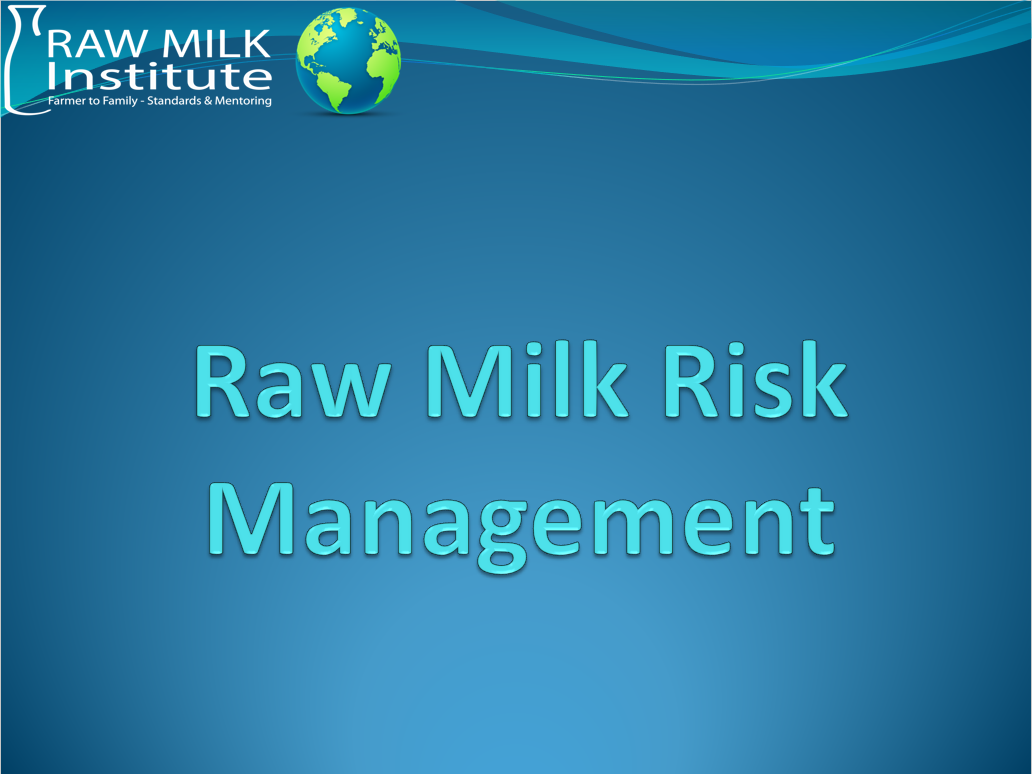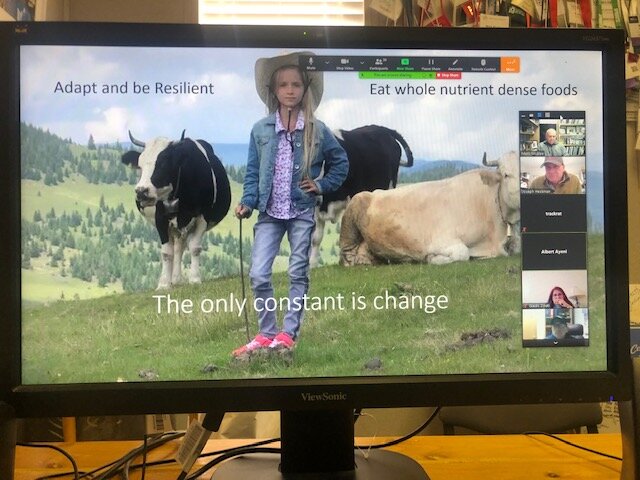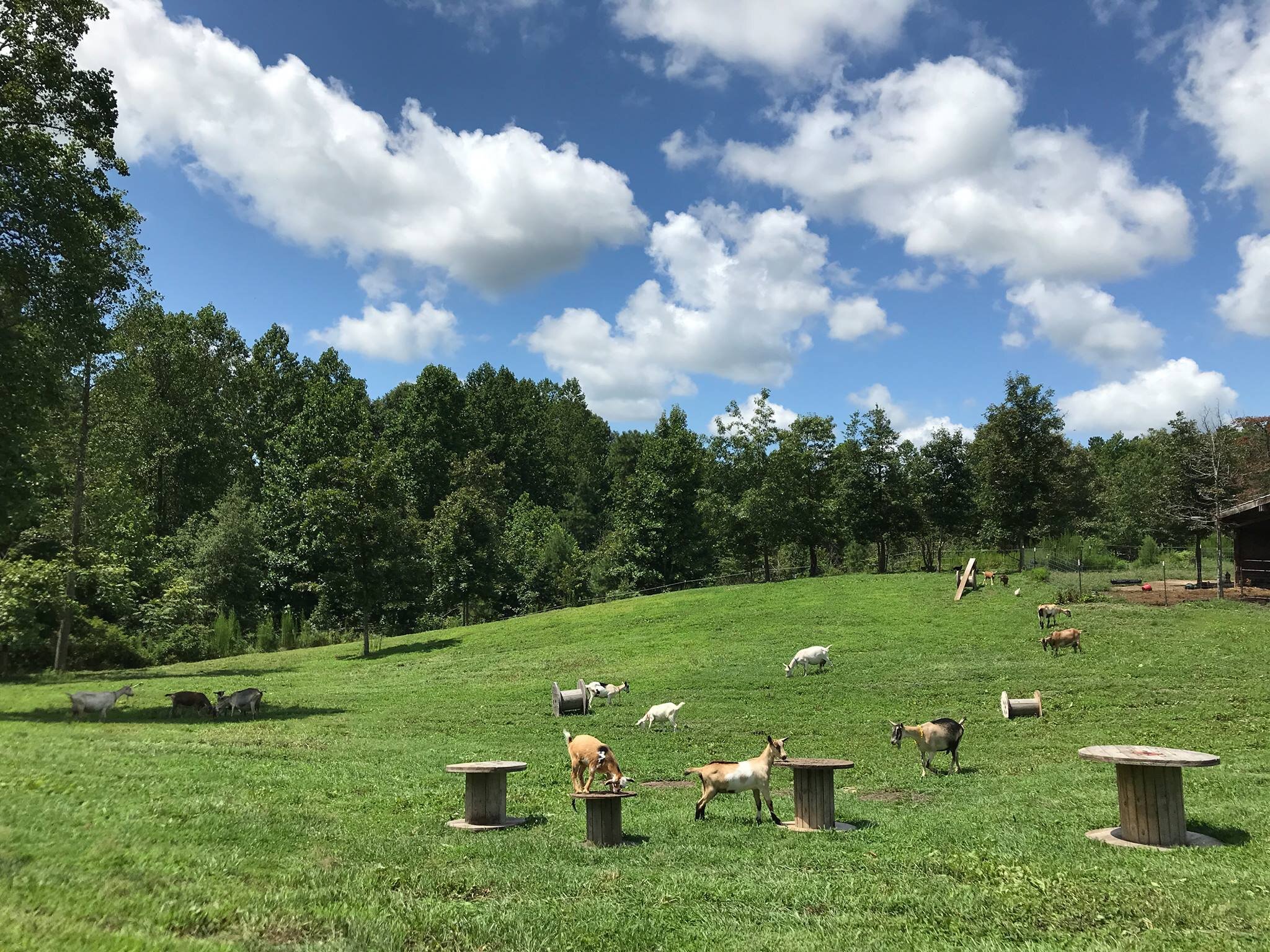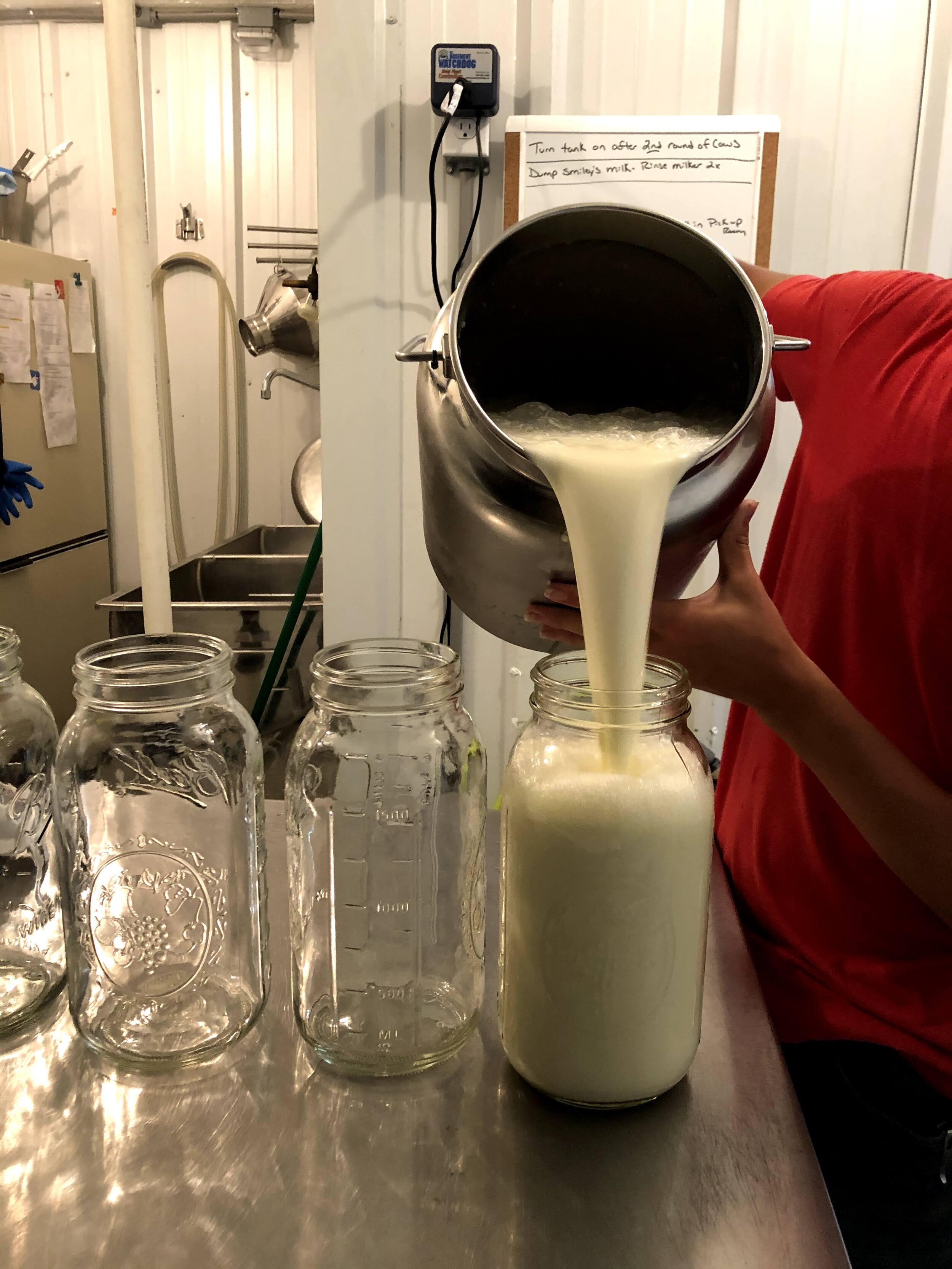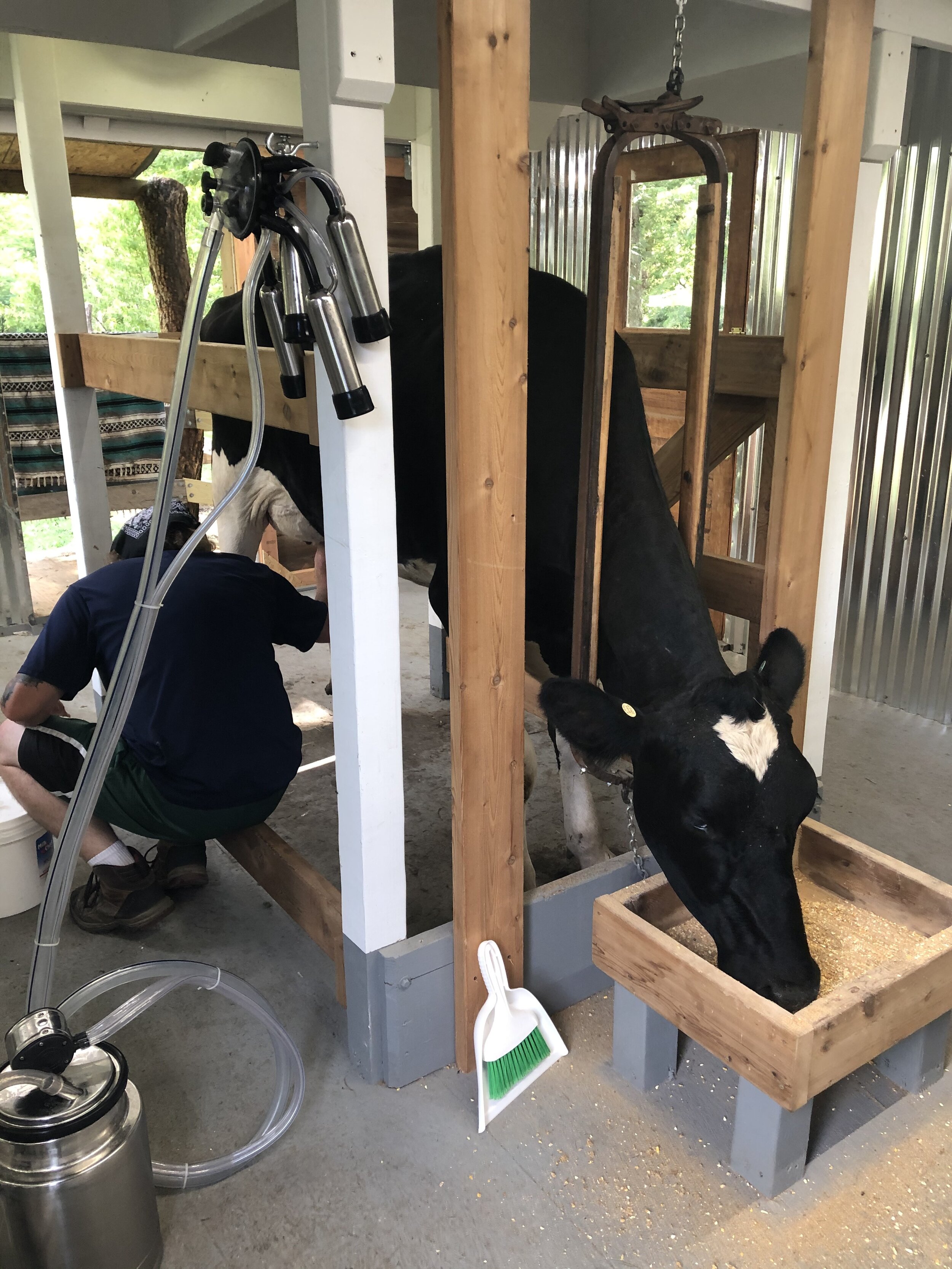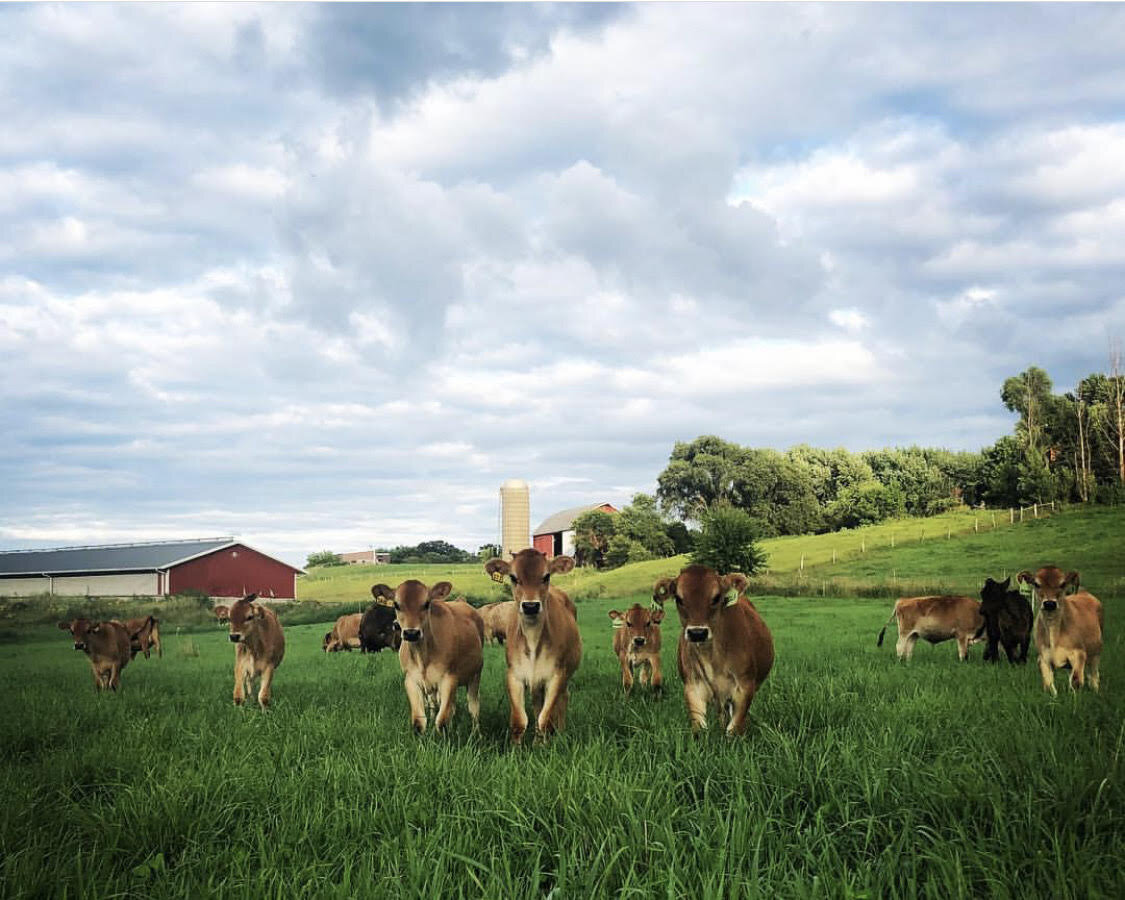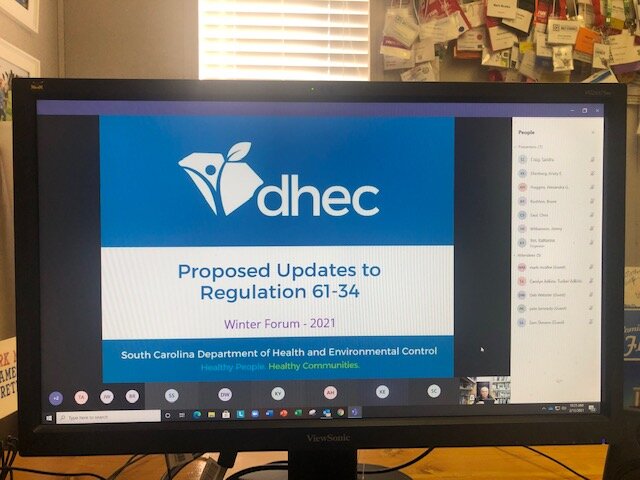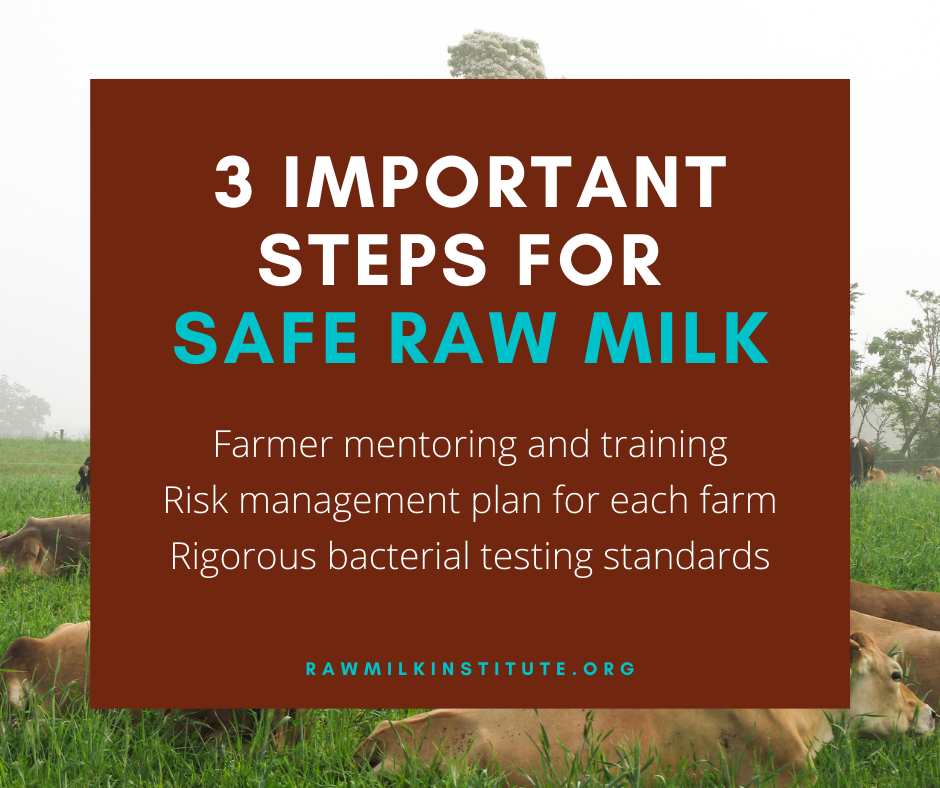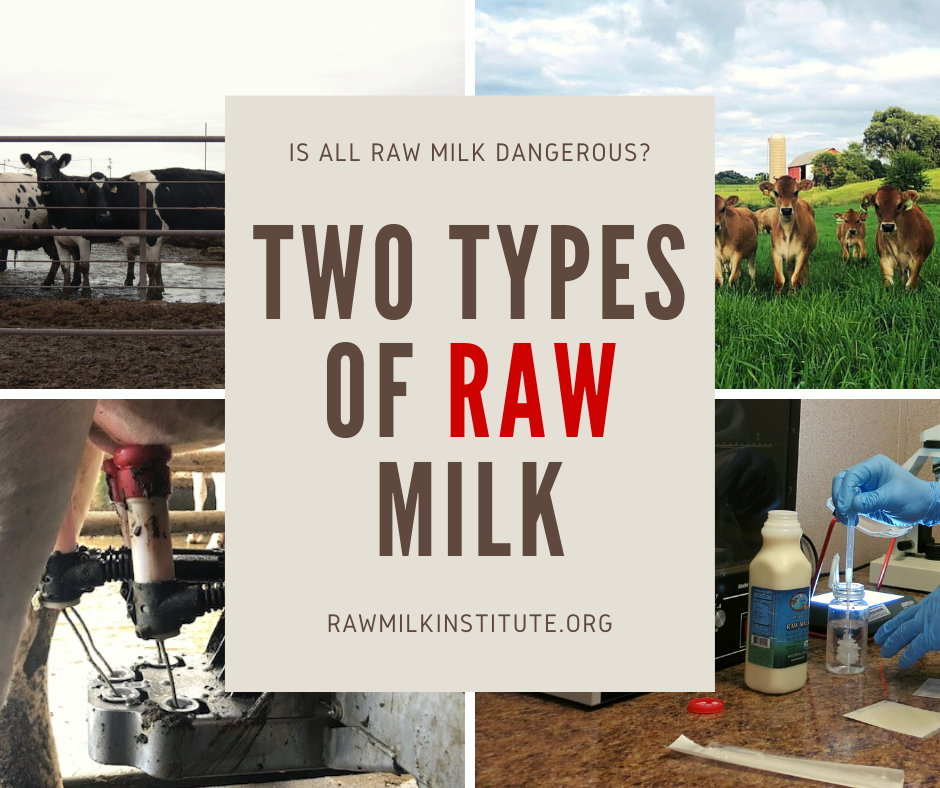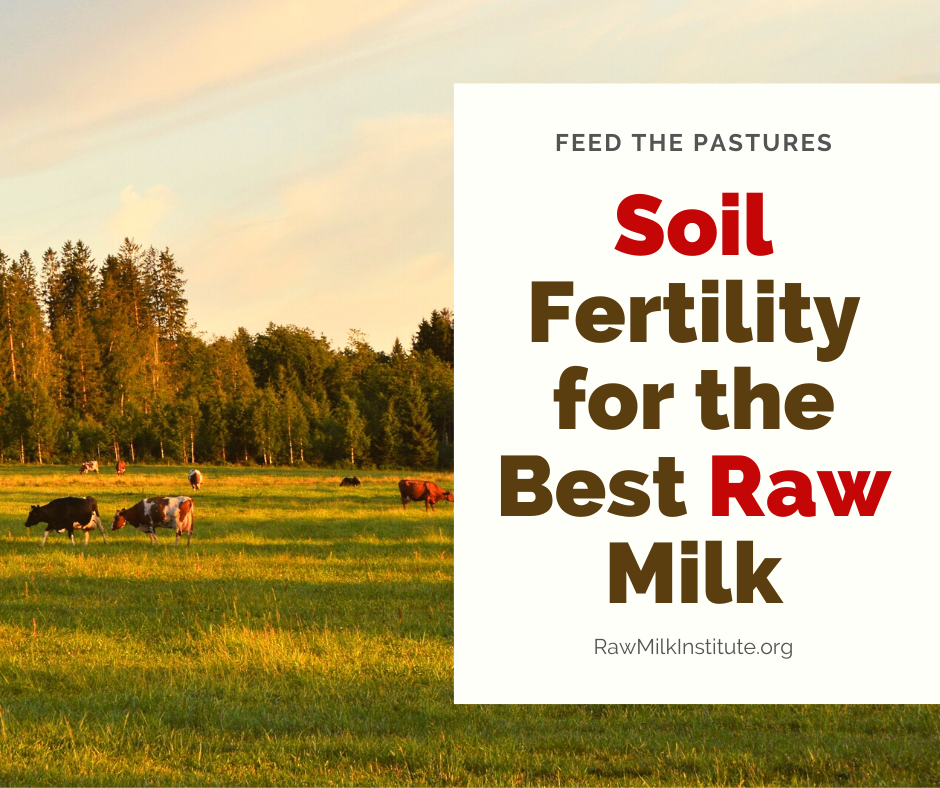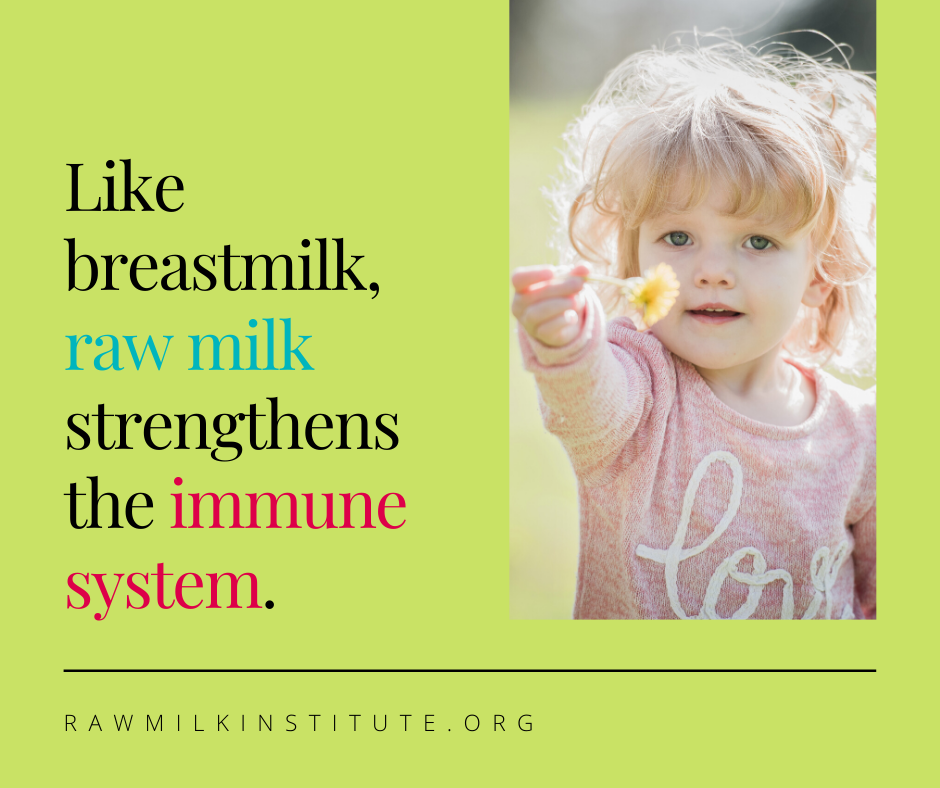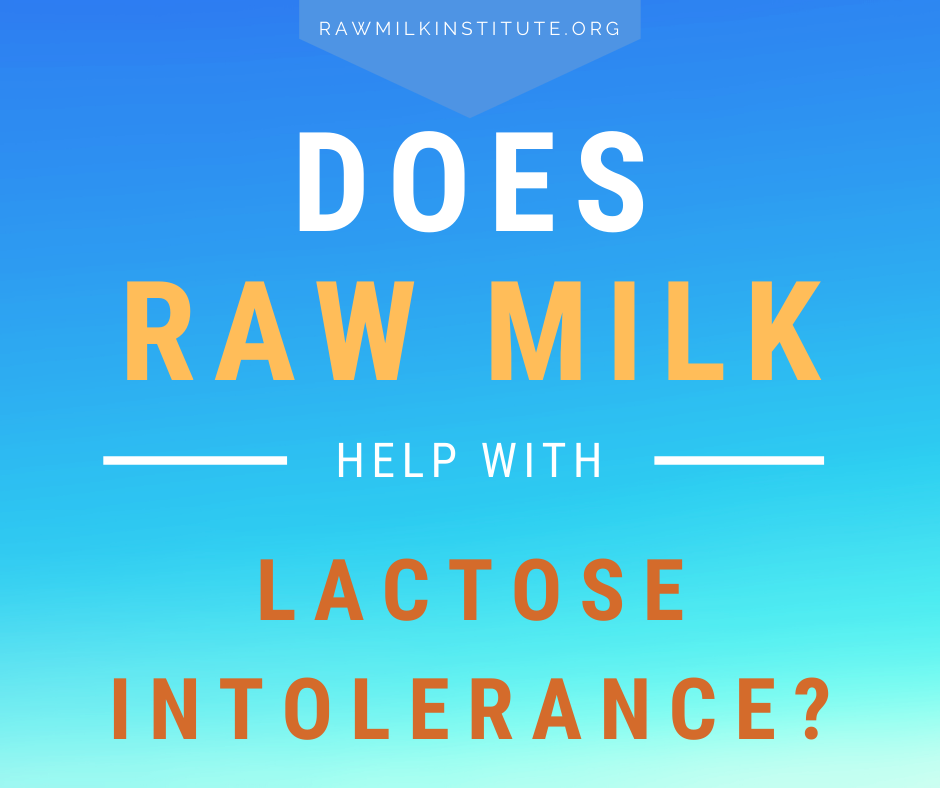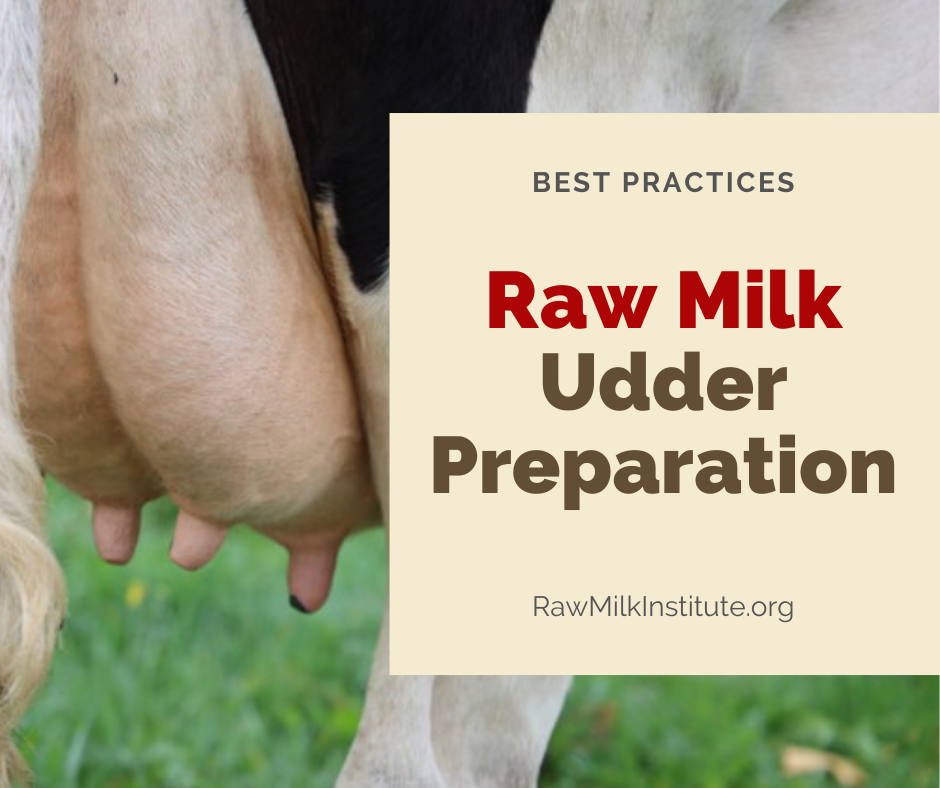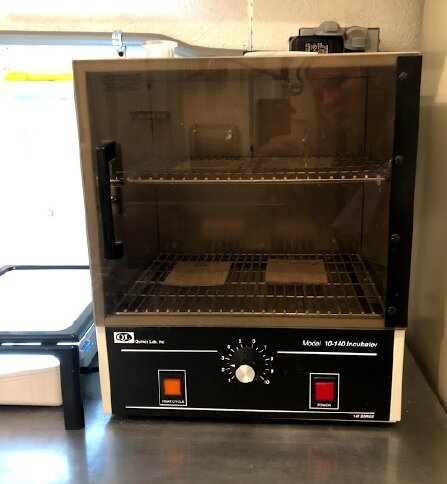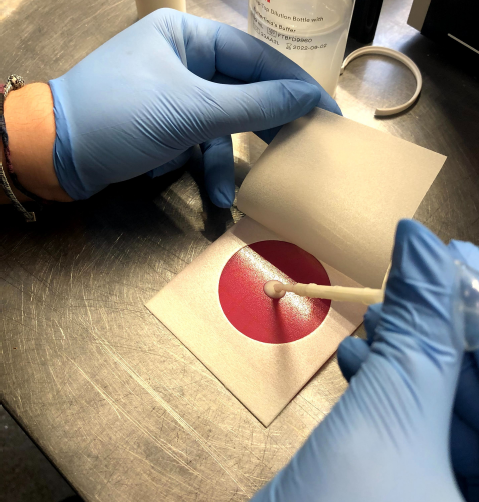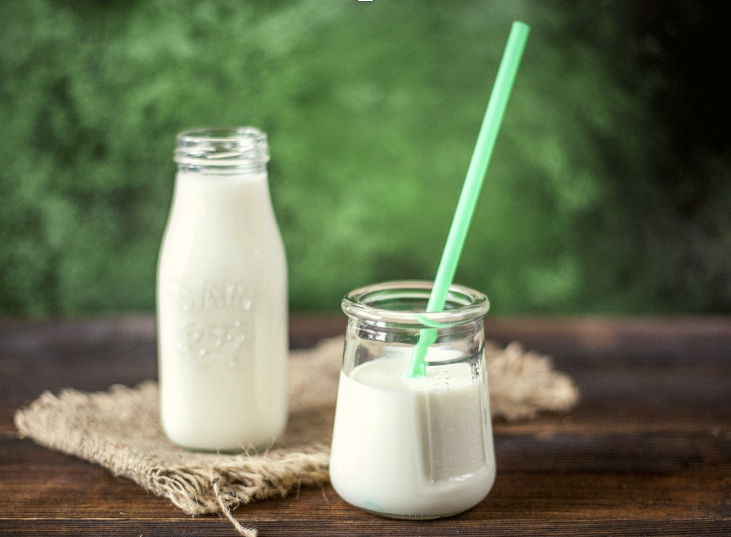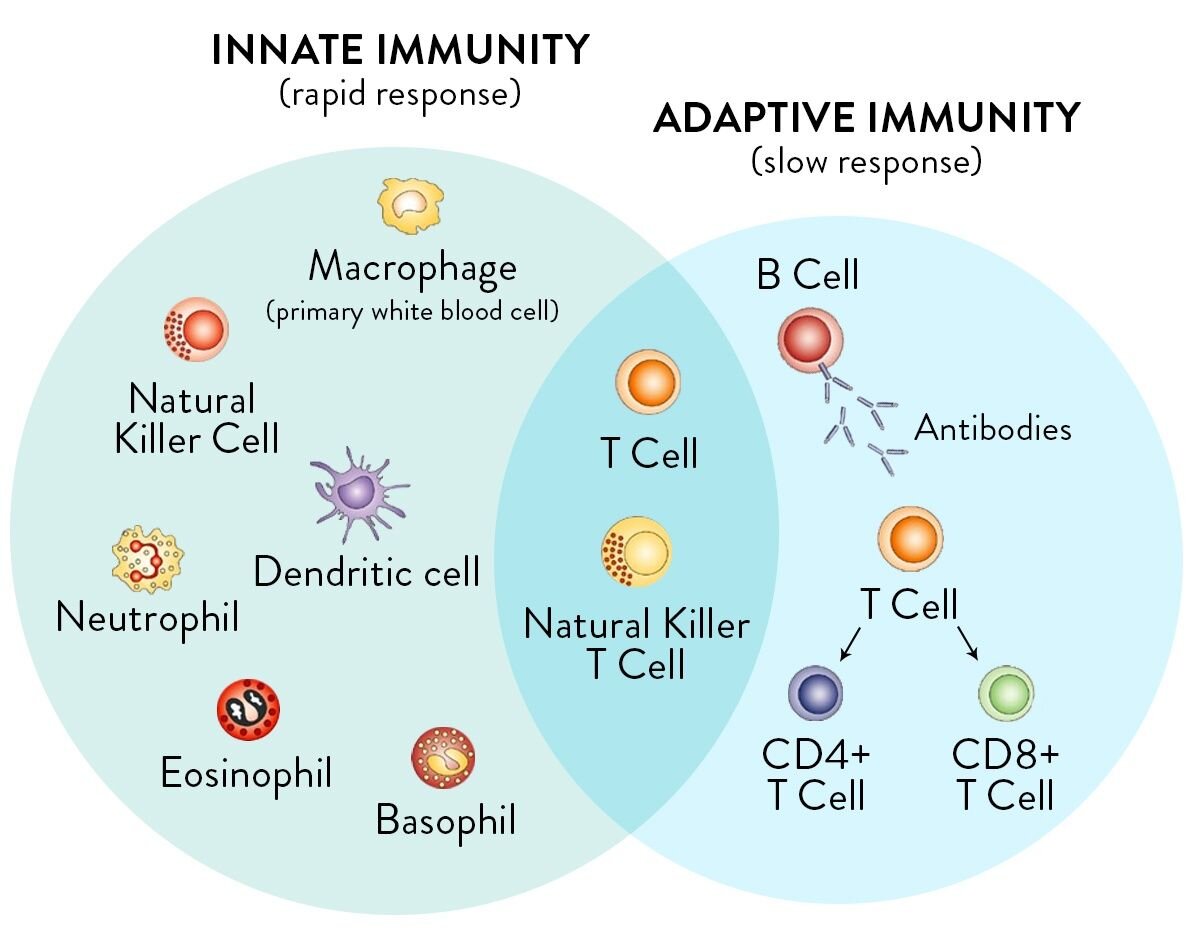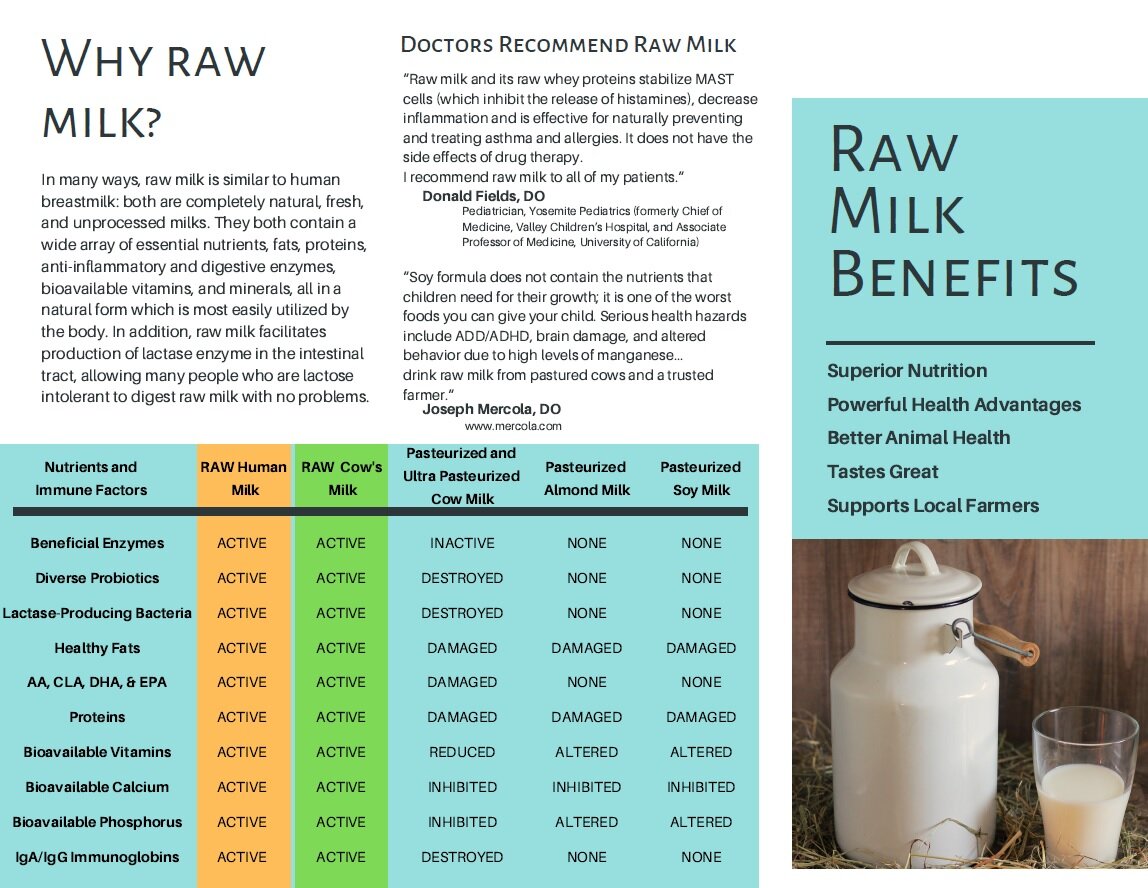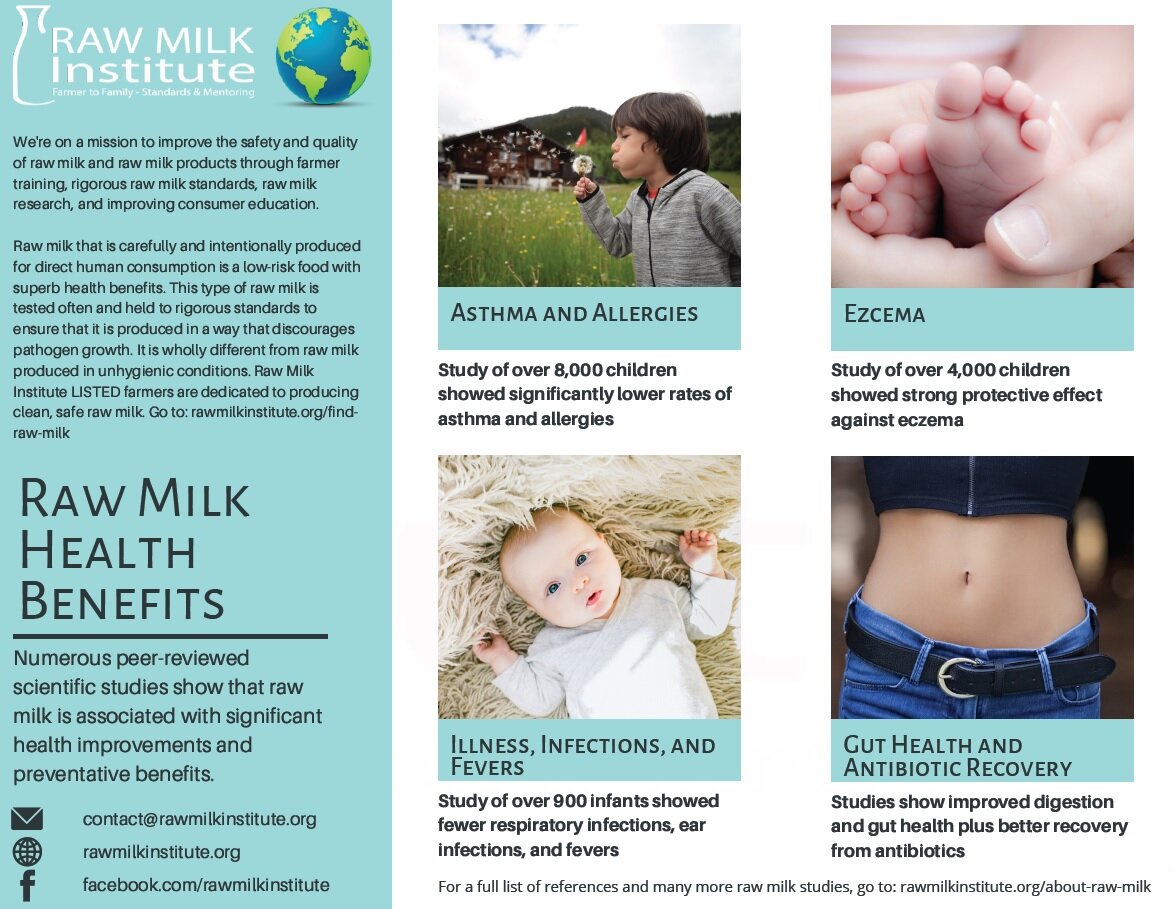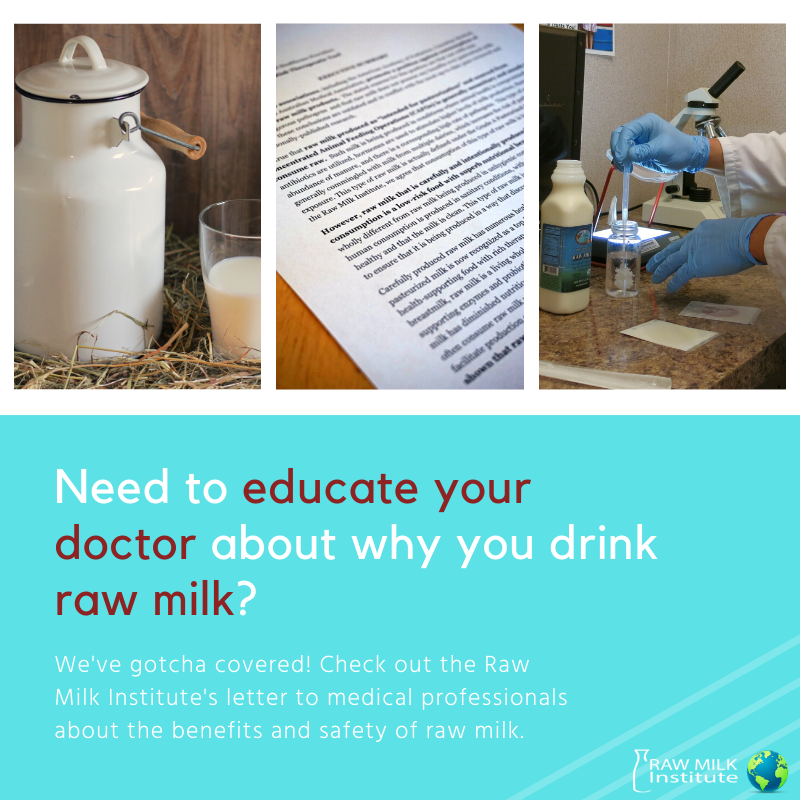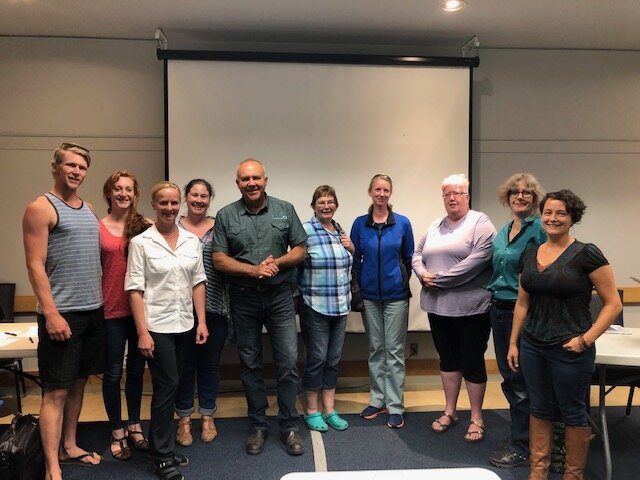Raw Milk Institute Board of Directors
RawMilkInstitute.org
December 2019
To: Medical Professionals and Healthcare Providers
Re: Raw Milk as a Low-Risk Therapeutic Tool
EXECUTIVE SUMMARY
Several medical associations, including the American Academy of Pediatrics, Canadian Medical Association, and Australian Medical Association, promote a position against consumption of raw milk or raw milk products. The stated reasons for this position are that raw milk may contain dangerous pathogens and that raw milk does not possess any benefits over pasteurized milk. However, these conclusions are outdated and in conflict with the most up-to-date peer-reviewed and internationally-published research.
It is true that raw milk produced as “intended for pasteurization” and sourced from Concentrated Animal Feeding Operations (CAFOs) is generally unsanitary and unsafe to consume raw. Such milk is being produced in conditions where animal health is compromised, antibiotics are utilized, hormones are used to stimulate higher levels of milk production, there is an abundance of manure, and there is a corresponding high rate of pathogens. This type of milk is generally commingled with milk from multiple dairies, which increases the risk of pathogenic exposure. This type of raw milk is actually defined under the Grade A Pasteurized Milk Ordinance. At the Raw Milk Institute, we agree that consumption of this type of raw milk is high risk.
However, raw milk that is carefully and intentionally produced for direct human consumption is a low-risk food with superb nutritional benefits. This type of raw milk is wholly different from raw milk being produced in unhygienic conditions. Raw milk intended for direct human consumption is produced in sanitary conditions, with much care to ensure that the animals are healthy and that the milk is clean. This type of raw milk is tested often and held to rigorous standards to ensure that it is being produced in a way that discourages pathogen growth.
Carefully produced raw milk has numerous health advantages over pasteurized milk. Whereas pasteurized milk is now recognized as a top food allergen and difficult to digest, raw milk is actually a health-supporting food with rich therapeutic potential and is easily digested by most consumers. Like breastmilk, raw milk is a living whole food which provides excellent nutrition along with health-supporting enzymes and probiotics. Raw milk has a superior nutrient profile, whereas pasteurized milk has diminished nutrition with denatured proteins and fats. People who are lactose intolerant can often consume raw milk with no maldigestion, due to the presence of a variety of living bacteria which facilitate production of lactase enzyme in the intestines. Numerous scientific studies have shown that raw milk is correlated with decreased rates of asthma, allergies, eczema, otitis, fever, and respiratory infections. Raw milk also aids in recovery from antibiotic use, and provides many gut-healthy probiotics and enzymes.
Carefully produced raw milk is a health-promoting food that has been maligned because of the simple fact that people are confusing it with commodity milk that has been produced with the intention to be pasteurized. Doctors and healthcare professionals routinely warn patients that raw milk is unsafe to consume, but there is ample evidence that this conclusion is not applicable to carefully-produced raw milk. For the health of your patients and clients, please consider the following information about the benefits and safety of raw milk.
Nutritional Benefits of Pasteurized Milk vs. Raw Milk
Pasteurized milk is now known as one of the foremost allergenic foods [1]. Scientific evidence against pasteurized milk is mounting: for instance, a study of nearly 800 European children found that children who consumed pasteurized milk were more likely to show signs of milk allergy, whereas children who consumed raw milk were protected from milk allergy [2]. The process of pasteurization denatures and destroys many nutrients, so much so that synthetic vitamins are added back in after pasteurization.
The CDC argues that, "Most of the nutritional benefits of drinking milk are available from pasteurized milk" and "the heating process of pasteurization inactivates some enzymes in milk but scientists do not believe these enzymes are important in human health"[3]. These conclusions are clearly outdated and in conflict with the most recent research. Current science has shown that pasteurization has a negative effect on the nutritive qualities of milk, and the impact is not inconsequential.
Pasteurization of milk has been shown to:
Reduce the bioavailability of calcium and phosphorus [4, 5],
Reduce the presence of copper and iron [6],
Reduce Vitamins A, B Complex, C, and E [3, 7, 8],
Destroy beta-lactoglobulin, thereby decreasing intestinal absorption of Vitamins A and D [9, 10],
Destroy probiotics [11], including lactobacillus and pediococcus, and
Inactivate beneficial enzymes, including lactase, alkaline phosphatase, and lactoperoxidase [12, 13].
In many ways, raw milk can be likened to breastmilk: they both contain a wide array of beneficial nutrients, enzymes, vitamins, and minerals, in their natural form which is most easily utilized by the body. Both raw milk and breastmilk are designed to provide excellent nutrition and strengthen the immune system . It is widely acknowledged that breastmilk is the best food for the early years of life, however raw milk is a natural next step after breastfeeding. Raw milk, and especially raw milk from pastured animals [14], is a great source of calcium, iron, Vitamins A, D & K, phosphorus, zinc, conjugated linoleic acid (CLA), and omega-3 fatty acids, plus many beneficial enzymes and probiotics.
Raw milk contains many types of beneficial enzymes, yet these enzymes are inactivated by pasteurization. For instance, raw milk contains protease enzyme, which aids in digestion of proteins [13], and lipase enzyme, which aids in digestion of fats [15]. Lactoperoxidase is a naturally occurring antimicrobial enzyme in raw milk [16]. Alkaline phosphatase enzyme is attached to the fat globules in raw milk; intestinal alkaline phosphatase enzyme is associated with decreased inflammation and lower rates of cardiovascular disease and Type-2 diabetes [17]. These and numerous other beneficial enzymes in raw milk are inactivated by pasteurization.
Beneficial probiotics in raw milk are diverse and abundant. These raw milk probiotics have a number of known health benefits. For example, raw milk contains a variety of living bacteria which facilitate the production of lactase enzyme in the intestine, which has been shown to help with lactose digestion in lactose intolerant people [18]. Lactobacilli "typically inhibit pathogenic organisms, reduce lactose intolerance, increase the immune response and often are gastrointestinal isolates... Other milk and dairy isolates that exhibit probiotic properties include strains of Lactococcus lactis as well as a variety of Pediococcus, Leuconostoc, Enterococcus and Streptococcus isolates... Strains of P. freudenreichii, and to a lesser extent P. acidipropionici, have begun to attract attention as potential probiotics as a consequence of studies revealing an ability, either alone or in combination with other probiotics, to reduce pathogen adhesion to mucus, increase bifidobacteria counts in the gut, aid in restoring a healthy gut microbiota, improve bowel movement, alleviate inflammatory disorders and reduce allergy development in infants" [19]. Probiotics are destroyed by pasteurization.
Health Benefits of Raw Milk
From 1893-1999, the American Association of Medical Milk Commissions (AAMMC) certified clean, safe raw milk for human consumption and even medical therapeutic use. This certified raw milk was recognized to be of therapeutic benefit for infants, children, and adults [20]. This milk was used effectively in hospitals around the United States and was used to treat a wide variety of chronic diseases, including cardiovascular disease, renal disease, liver disease, hypertension, edema, asthma, arthritis, tuberculosis, and diabetes [21, 22, 23].
Dr. Charles Porter MD published the book Milk Diet as a Remedy for Chronic Disease, which details his use of a raw milk diet in the treatment of over 18,000 patients over the course of 27 years. Dr J.E. Crewe MD, one of the founders of the Mayo Foundation, successfully used raw milk in his medical practice for over 15 years, and said that the "results obtained in various types of disease have been so uniformly excellent that one’s conception of disease and its alleviation is necessarily changed... When sick people are limited to a diet containing an excess of vitamins and all the elements necessary to growth and maintenance, they recover rapidly without the use of drugs and without bringing to bear all the complicated weapons of modern medicine" [22].
More recent scientific studies have shown that raw milk is associated with a number of tangible health benefits:
A study of over 8,000 European children showed that raw milk consumption is associated with significantly lower rates of asthma and allergies [24].
A study of over 900 European children concluded that, "Continuous farm [raw] milk consumption in childhood protects against asthma at school age" [25].
A study of over 14,800 European children concluded that there is a "significant inverse association between farm [raw] milk consumption and childhood asthma, rhinoconjunctivitis, sensitization to pollen, a mix of food allergens, and horse dander" [26].
A study of over 3,000 USA adults concluded that, " Raw milk, if the main type of milk consumed in childhood, was also associated with reduced risk of atopy" and current raw milk consumption in adulthood intensified this beneficial effect [27].
A study of over 3,000 USA adults concluded that, "raw milk consumption, particularly early in life, is associated with better pulmonary function in adulthood" [28].
A study of over 900 European children concluded that, "Early life consumption of raw cow's milk reduced the risk of manifest respiratory infections and fever by about 30%" [29].
A study of over 4,000 European children found that consumption of raw milk was associated with a strong protective effect against eczema [30].
These studies specifically compared raw milk to pasteurized milk, and have concluded that raw milk has significant health benefits over pasteurized milk.
Safety of Raw Milk
It is important to note that there is no such thing as a perfectly safe food [20]. An analysis of foodborne illnesses from 2009-2015 showed that the top food categories commonly linked to illnesses were chicken, pork, and seeded vegetables [31]. Pasteurized milk is not perfectly safe, either, and is implicated in foodborne illnesses and outbreaks every year. CDC outbreak and illness data since 1972 shows at least 82 deaths from pasteurized dairy products.
The CDC outbreak and illness data which is used to assert that raw milk is unsafe does not distinguish raw milk intended for pasteurization from raw milk that is carefully produced and intended for direct human consumption. The FDA has no standard for raw milk intended for human consumption. It has only the Pasteurized Milk Ordinance (PMO). It is known that raw milk intended for pasteurization often contains pathogens; studies have shown that up to 24% of this type of milk tests positive for pathogens [32]. Additionally, the CDC data used to implicate raw milk includes outbreaks and illnesses from “bathtub cheese” (i.e. Mexican-style Queso Fresco made illegally at home); queso fresco is inherently more dangerous than raw milk, and is associated with more serious outbreaks and illnesses. The CDC data reports only two deaths from raw dairy products since 1972, and both of these deaths were associated with queso fresco.
Nearly 10 million people in the USA were consuming raw milk regularly as of 2007 [33], and the number of people consuming raw milk is likely to be higher now given the growing popularity of raw milk. An independent assessment of raw milk risks from 2000-2007, which excluded queso fresco-related illnesses and outbreaks, concluded that there was a "a roughly 1 in 94,000 chance of becoming ill from drinking unpasteurized milk during that period... During the 2000−2007 period, there were 12 hospitalizations for illnesses associated with raw fluid milk. That’s an average of 1.5 per year. With approximately 9.4 million people drinking raw milk, that means you have about a 1 in 6 million chance of being hospitalized from drinking raw milk" [34].
Furthermore, recent improvements in raw milk risk management methods and training have led to a significant reduction in raw milk-related illnesses and outbreaks. The Raw Milk Institute, founded in 2011, has developed farmer training and Common Standards for raw milk which is intended for direct human consumption. These rigorous standards and training result in low-risk raw milk, as documented in a 2018 peer-reviewed paper titled, " Recent Trends in Unpasteurized Fluid Milk Outbreaks, Legalization, and Consumption in the United States." This paper concluded that, "The rate of unpasteurized milk-associated outbreaks has been declining since 2010, despite increasing legal distribution. Controlling for growth in population and consumption, the outbreak rate has effectively decreased by 74% since 2005" [35].
A Balanced Viewpoint About Raw Milk
Commodity raw milk and dedicated raw drinking milk are categorically different foods. It is clear that raw milk produced with the intention to be pasteurized is likely to contain dangerous pathogens. However, raw milk that is carefully produced for direct human consumption is subjected to rigorous testing and standards. Evidence has shown that this type of raw milk is a low-risk food.
Raw milk has superior nutrition and significant health benefits over pasteurized milk. Raw milk contains greater bioavailable nutrients than pasteurized milk, as well as a wide array of beneficial enzymes and probiotics which are known to have benefits on the immune system and gastrointestinal tract. Raw milk consumption has been correlated with increased resistance to allergies, asthma, respiratory infections, otitis, and eczema. Thus, raw milk can be an important therapeutic tool.
If you would like more information about raw milk, please feel free to contact the Raw Milk Institute by email at contact@rawmilkinstitute.org .
The Raw Milk Institute is a 501(c)3 non-profit organization dedicated to mentoring and training farmers in the production of safe, low-risk raw milk.
References
[1] Frequently Asked Questions About Food Allergies. Food and Drug Administration website as of November 7, 2019. https://www.fda.gov/food/food-allergens/frequently-asked-questions-about-food-allergies
[2] Atopic sensitization in the first year of life. Journal of Allergy and Clinical Immunology. 2013; 131(3):781-8. Depner M, Ege MJ, Genuneit J, Pekkanen J, Roponen M, Hirvonen MR, Dalphin JC, Kaulek V, Krauss-Etschmann S, Riedler J, Braun-Fahrländer C, Roduit C, Lauener R, Pfefferle PI, Weber J, von Mutius E; PASTURE Study Group. https://www.jacionline.org/article/S0091-6749(12)01975-6/fulltext
[3] Raw Milk Questions and Answers. US Department of Health & Human Services, Centers for Disease Control and Prevention website as of November 6, 2019. https://www.cdc.gov/foodsafety/rawmilk/raw-milk-questions-and-answers.html
[4] A Comparison of Raw, Pasteurized, Evaporated, and Dried Milks as Sources of Calcium and Phosphorus for the Human Subject. Department of Food Economics and Nutrition, Kansas Experiment Station, Manhattan. 1928. Kramer MM, Latzke E, Shaw MM.
[5] Assessing the effects of severe heat treatment of milk on calcium bioavailability: in vitro and in vivo studies. Journal of Dairy Science. 2010; 93(12): 5635-43. Seiquer I, Delgado-Andrade C, Haro A, Navarro MP. https://www.ncbi.nlm.nih.gov/pubmed/21094734
[6] Effect of processing on contents and relationships of mineral elements of milk. Food Chemistry. 1994; 51(1): 75-78. Zurera-Cosano G, Moreno-Rojas R, Amaro-Lopez M. https://www.sciencedirect.com/science/article/pii/0308814694900507
[7] Influence of thermal and other manufacturing stresses on retinol isomerization in milk and dairy products. Journal of Dairy Research. 1998; 65(2): 253-60. Panfili G, Manzi P, Pizzoferrato L. http://europepmc.org/abstract/med/9627844
[8] A systematic review and meta-analysis of the effects of pasteurization on milk vitamins, and evidence for raw milk consumption and other health-related outcomes. Journal of Food Protection. 2011;74(11):1814-32. Macdonald LE, Brett J, Kelton D, Majowicz SE, Snedeker K, Sargeant JM. https://www.ncbi.nlm.nih.gov/pubmed/22054181
[9] Intestinal uptake of retinol: enhancement by bovine milk beta-lactoglobulin. American Journal of Clinical Nutrition. 1989; 49(4): 690-94. Said HM, Ong DE, Shingleton JL. https://academic.oup.com/ajcn/article-abstract/49/4/690/4732752
[10] Evidence for beta-lactoglobulin involvement in vitamin D transport in vivo--role of the gamma-turn (Leu-Pro-Met) of beta-lactoglobulin in vitamin D binding. FEBS Journal. 2009; 276(8):2251-65. Yang MC, Chen NC, Chen CJ, Wu CY, Mao SJ. https://febs.onlinelibrary.wiley.com/doi/full/10.1111/j.1742-4658.2009.06953.x
[11] The growing role of probiotics. Harvard Men's Health Watch. 2018. Harvard Medical School. https://www.health.harvard.edu/staying-healthy/the-growing-role-of-probiotics
[12] Alkaline Phosphatase Testing for Milk Pasteurization. Dairy Foods Science Notes. 11-07. Department of Food Science, Cornell University. https://foodsafety.foodscience.cornell.edu/sites/foodsafety.foodscience.cornell.edu/files/shared/documents/CU-DFScience-Notes-Milk-Alk-Phosphatase-11-07.pdf
[13] Proteolytic Systems in Milk: Perspectives on the Evolutionary Function within the Mammary Gland and the Infant. Journal of Mammary Gland Biology and Neoplasia. 2015; 20(3-4):133-47. DC Dallas, NM Murray, J Gan.
https://www.ncbi.nlm.nih.gov/pmc/articles/PMC4637187/
[14] The Role of Trees and Pastures in Organic Agriculture. Sustainable Agriculture Research. 2015; 4: 47-55. J Heckman. http://www.ccsenet.org/journal/index.php/sar/article/view/50105
[15] Lipases in bovine milk and the relationship between the lipoprotein lipase and tributyrate hydrolysing activities in cream and skim-milk. Journal of Dairy Research. 1975; 42(2): 255-66. HB Castberg, T Egelrud, P Solberg, T Olivecrona. https://www.ncbi.nlm.nih.gov/pubmed/237941
[16] Contribution of the lactoperoxidase system to the keeping quality of pasteurized milk. Journal of Dairy Research. 1999; 66(1):73-80. Barrett NE, Grandison AS, Lewis MJ. https://www.ncbi.nlm.nih.gov/pubmed/10191475
[17] Dairy products and the French paradox: Could alkaline phosphatases play a role? Medical Hypotheses. 2016; 92:7-11. Lallès JP. https://www.sciencedirect.com/science/article/abs/pii/S0306987716300500?via%3Dihub
[18] Effect of a single dose of lactase on symptoms and expired hydrogen after lactose challenge in lactose-intolerant subjects. Clinical Pharmacy. 1992; 11(6):533-8. Sanders SW, Tolman KG, Reitberg DP. https://www.ncbi.nlm.nih.gov/pubmed/1534729
[19] The complex microbiota of raw milk. FEMS Microbiology Review. 2013: 37(5), 664-98. Quigley L, O'Sullivan O, Stanton C, Beresford TP, Ross RP, Fitzgerald GF, Cotter PD. https://academic.oup.com/femsre/article/37/5/664/541439
[20] Securing Fresh Food From Fertile Soil, Challenges to the Organic and Raw Milk Movements. Renewable Agriculture and Food Systems, Cambridge University Press. 2017. J Heckman. https://www.cambridge.org/core/journals/renewable-agriculture-and-food-systems/article/securing-fresh-food-from-fertile-soil-challenges-to-the-organic-and-raw-milk-movements/18325E375E068A538E07EF4E6F6ABA22
[21] Porter, Charles Sanford. Milk Diet as a Remedy for Chronic Disease. Burnett P.O., California, 1911. https://archive.org/details/milkdietasremedy00portiala/page/n1
[22] Use of Milk in the Treatment of Human Disease. Proceedings of the 29th Annual Meeting of the United States Live Stock Sanitary Association. 1925. Crewe JE. https://www.usaha.org/upload/Proceedings/1897-1929/1925_TWENTY_NINTH_ANNUAL_MEETING.pdf
[23] Macfadden, Bernarr. The Milk Diet: How to Use the Milk Diet Scientifically at Home. 1923.
[24] The protective effect of farm milk consumption on childhood asthma and atopy: The GABRIELA study. Journal of Allergy and Clinical Immunology. 2011; 128 (4): 766-73. Loss G, Apprich S, Waser M, Kneifel W, Genuneit J, Büchele G, Weber J, Sozanska B, Danielewicz H, Horak E, Joost van Neerven RJ, Heederik D, Lorenzen PC, von Mutius E, Braun-Fahrländer C; GABRIELA study group. https://www.jacionline.org/article/S0091-6749(11)01234-6/fulltext
[25] ω-3 fatty acids contribute to the asthma-protective effect of unprocessed cow's milk. Journal of Allergy and Clinical Immunology. 2016; 137 (6): 1699-1706. Brick T, Schober Y, Böcking C, Pekkanen J, Genuneit J, Loss G, Dalphin JC, Riedler J, Lauener R, Nockher WA, Renz H, Vaarala O, Braun-Fahrländer C, von Mutius E, Ege MJ, Pfefferle PI; PASTURE study group. https://www.jacionline.org/article/S0091-6749(15)01731-5/fulltext
[26] Inverse association of farm milk consumption with asthma and allergy in rural and suburban populations across Europe. Clinical and Experimental Allergy. 2007; 37(5):661-70. Waser M, Michels KB, Bieli C, Flöistrup H, Pershagen G, von Mutius E, Ege M, Riedler J, Schram-Bijkerk D, Brunekreef B, van Hage M, Lauener R, Braun-Fahrländer C; PARSIFAL study team. https://www.ncbi.nlm.nih.gov/pubmed/17456213
[27] Early-life farm exposures and adult asthma and atopy in the Agricultural Lung Health Study. Journal of Allergy and Clinical Immunology. 2017; 140 (1): 249-56. House JS, Wyss AB, Hoppin JA, Richards M, Long S, Umbach DM, Henneberger PK, Beane Freeman LE, Sandler DP, O’Connell EL, Barker-Cummings C, London SJ. https://www.ncbi.nlm.nih.gov/pmc/articles/PMC5429211/
[28] Raw Milk Consumption and Other Early-life Farm Exposures and Adult Pulmonary Function in the Agricultural Lung Health Study. Thorax. 2018; 73(3): 279-82. Wyss AB, House JS, Hoppin JA, Richards M, Hankinson JL, Long S, Henneberger PK, Beane Freeman LE, Sandler DP, O'Connell EL, Cummings CB, Umbach DM, London SJ. https://www.ncbi.nlm.nih.gov/pmc/articles/PMC5758444/
[29] Consumption of unprocessed cow's milk protects infants from common respiratory infections. Journal of Allergy and Clinical Immunology. 2015; 135 (1): 56-62. Loss G, Depner M, Ulfman LH, Joost van Neerven RJ, Hose AJ, Genuneit J, Karvonen M, Hyvärinen A, Kaulek V, Roduit C, Weber J, Lauener R, Pfefferle PI, Pekkanen J, Vaarala O, Dalphin JC, Riedler J, Braun-Fahrländer C, von Mutius E, Ege MJ; PASTURE study group. https://www.jacionline.org/article/S0091-6749%2814%2901274-3/fulltext
[30] Which aspects of the farming lifestyle explain the inverse association with childhood allergy? Journal of Allergy and Clinical Immunology. 2006; 117 (6):1374-81. Perkin MR, Strachan DP. https://www.jacionline.org/article/S0091-6749(06)00651-8/fulltext
[31] Surveillance for Foodborne Disease Outbreaks - United States, 2009-2015. US Department of Health & Human Services, Centers for Disease Control and Prevention. https://www.cdc.gov/mmwr/volumes/67/ss/ss6710a1.htm
[32] Two Types of Raw Milk: A Comparison of Pathogen Contamination Rates. British Columbia Herdshare Association. 2019. http://www.bcherdshare.org/education/two-types-of-raw-milk-lab-evidence.pdf
[33] Population Survey Atlas of Exposures, 2006-2007. Foodborne Diseases Active Surveillance Network. US Department of Health & Human Services, Centers for Disease Control and Prevention. https://www.cdc.gov/foodnet/surveys/FNExpAtl03022011.pdf
[34] Raw Milk Reality: Is Raw Milk Dangerous? 2019. Kresser C. https://chriskresser.com/raw-milk-reality-is-raw-milk-dangerous/
[35] Recent Trends in Unpasteurized Fluid Milk Outbreaks, Legalization, and Consumption in the United States. PLOS Currents. 2018; 10. Whitehead J, Lake B. https://www.ncbi.nlm.nih.gov/pmc/articles/PMC6140832



